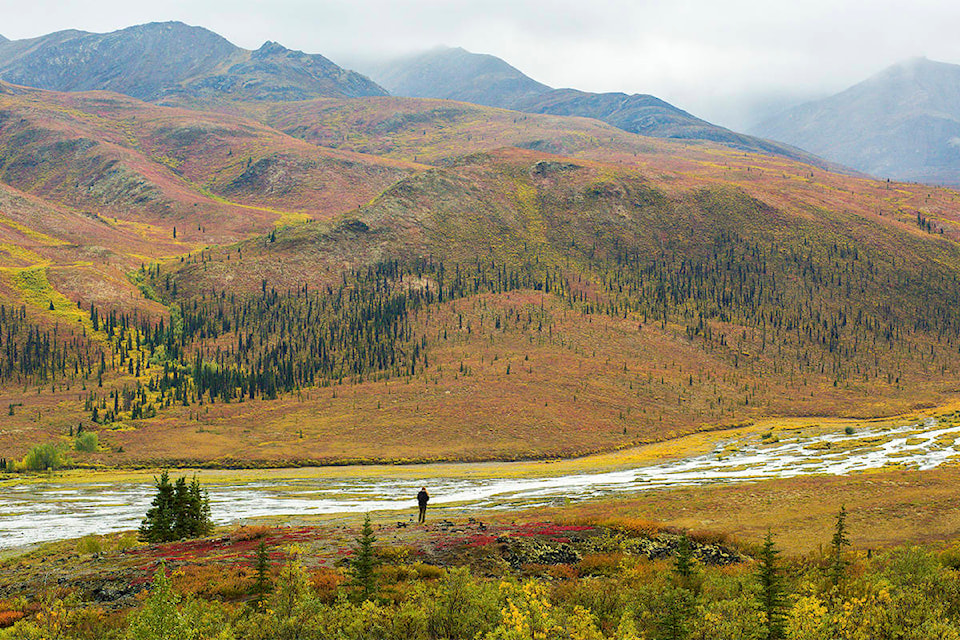The Canadian Parks and Wilderness Society has given the territory a grade of B- for efforts toward the national goal of protecting 30 per cent of land and ocean by 2030.
Currently, 11.8 per cent of the territory is protected, according to CPAWS, and this number will rise to 19.4 per cent once the Peel Watershed Plan is implemented.
“The Yukon lost marks for the Peel watershed saga,” said Randi Newton, the local chapter’s conservation manager. “Then we also lost marks for the Yukon government’s continued reluctance to pause development ahead of land use planning, even where First Nations have requested it.”
The report measures progress between 2010 to 2020 toward the protected area goals.
Newton said the Yukon lost marks for the Peel watershed saga and allowing mineral staking while land use planning processes are ongoing.
“It’s a good indicator that we’re on the right track of making sure that while species have the spaces they need for healthy populations, they have the room they need for migration, or to respond to climate change and that we have the land for the activities that people love and that are really important to their well being and cultural connections, like hunting and fishing and hiking and biking,” she said.
As an example, Newton said Yukon caribou herds are an animal that requires large swathes of protected land in order to maintain a large range. The 30 Mile herd in particular is a group with a large historical range that has started to recover somewhat due to conservation efforts.
The report identifies the ongoing Dawson Regional Land Use planning process as a potential for more protected land.
The draft plan was released June 15, and the current version sets aside 45 per cent of the total region for conservation. The draft highlights the specific needs of animals including caribou, sheep, moose, salmon, birds and species-at-risk, including the grizzly bear.
Within that draft, several areas are designated for possible protected status, including a buffer zone around Tombstone Territorial Park and a possible Tr’ondëk Hwëch’in Indigenous protected and conserved area in the Tsey dëk/Tthen dëk (Fifteen/Chandindu) lands.
As a very rough estimate, Newton said that the area recommended in the current draft plan would add around 4.5 per cent to the territory’s protected area total if it went ahead.
Kaska Dena lands in northern British Columbia have also been proposed for another Indigenous protected and conserved area near the Liard River, although the current area does not include land in the territory.
“I think we have to really focus on protecting the spaces that are important to wildlife, that are important for conservation and that are important for people,” said Newton.
The report also calls on the government to support Indigenous Protected and Conserved Areas, pause mineral staking ahead of land use planning, complete Yukon species at risk laws and provide more funding in order to speed up the land use planning process.
In 2010 Canada pledged on the international stage to protect at least 17 per cent of its land and 10 per cent of its ocean by 2020. By 2030 the government has committed to protect both 30 per cent of land and ocean.
Yukon’s grade places it around the middle compared to the rest of Canada.
The Northwest Territories, Quebec and the federal government’s terrestrial goals earned the top grades in the report card with a B+, A- and A-. Ontario, Newfoundland and Alberta lagged behind with an F each.
Contact Haley Ritchie at haley.ritchie@yukon-news.com
